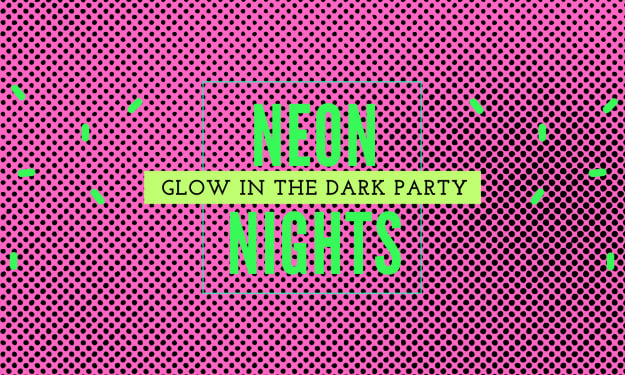
Unpopular Opinion: I love the incorporation of modern music in old time settings.
It’s cringy to some, annoying to most—-and cloying and a bit pretentious to others—but the point I will make (in an attempt to understand the director’s decision) is this:
Music is a platform that I believe transcends all boundaries. Both social and cultural. Music can speak to you however your soul interprets it. And to make my point more clear: I don’t think that period typical music can only be played in that same period of history for a film.
Let’s discuss the most recent and noted example—-but more importantly, the most criticized example.
Marie Antoinette (2006, Directed by Sofia Coppola)shows you that even with keeping your entire film within the limits of style, taste, and historical accuracy for that period—- music can make or break the tone of your scene. Is this scene (above) with the endless dessert trays, yards of colorful fabrics, gambling chips, panned shots of colorful and almost modern looking shoes, does the song I Want Candy seem like an easy and simple way to express the decadent and overindulgent way the Queen of France lived, up until the Revolution?
Yes. It is simple and easy. Does this automatically make it bad? No.
To elucidate this point, here is a quote from Coppola herself, speaking on the topic of the film’s musical choices:
Before a party scene in which Marie Antoinette plays cards, drinks Champagne and gossips the night away with her entourage, Ms. Coppola — who had not yet settled on the movie’s soundtrack, which includes music from Bow Wow Wow, Gang of Four, Air, New Order, the Cure and Phoenix — blasted music before calling “Action!” “I want it to be kind of irreverent, kind of how they were at the time,” she said. “I mean, they’re just doing what they want. They sort of have a little bit of a bratty attitude.”
And for this choice, it wasn’t widely or well received:
After some of the Cannes audience booed the film, another national newscaster told her audience, with a dash of understatement, “Sometimes the most anticipated films are not the most appreciated.” For her part, Ms. Coppola calmly repeated in every interview that a strong reaction — good or bad, anything but indifference — was what she hoped for.
I believe that sometimes overused, period typical compositions can give off a lackluster, uninspired feel to a story we’ve already heard a million times. Even as these choices lead to a generally unfavorable response, I defend this choice because the distinct flavor that Coppola wanted to give her audience was... in my opinion, distaste.
You see endless shots of the most beautiful things, colorful and rich desserts, overflowing champagne and pale necks covered in diamonds and jewels... and what if instead of watching this to the backdrop of I Want Candy it was a more typical expression of 17th Century France? Like one of these:
Or this:
You could argue that it would be accurate, perhaps appropriate, maybe even express a sense of disconnect that Marie has between the culture of France to her own Austrian, self-indulgent lifestyle... yes, and that may work——but that was not Coppola’s vision.
The visceral reaction of cringe to this type of scene is indicative of how the people of France would perceive her actions in that setting—not one of elegance and poise. It is representative of her immaturity and of her age—-and it works in that manner.
It is not supportive or against the titular character, but it merely shows you, in a exploitive and sensory loaded way, how a more intimate person in Marie’s court and even a random denizen on the streets of France—might react to such debauchery.
And that’s why it works.
One other good example is the use of a modern rock song in a period typical western drama.
I am a very big fan of Tarantino, and I love this scene. It’s jarring how the song starts, and it makes you tilt your head in confusion a bit, but somehow——it works. Tarantino likes to use modern music in period timeline based films, and even as it seems a bit off(Cat People and David Bowie thrown into the mix with the Nazi driven narrative Inglorious Basterds), Tarantino shows that these choices were made for a reason. It gives off a sense of perspective and personality for the characters in that scene, and shows how the audience is intended to feel about them. You can draw your own conclusions, of course, but the overall effect is palpable for that specific scene and character—-it’s something that is original and novel at the same time. And something that I think should be used more in film.
Music is something that should transcend all social and cultural boundaries, and I believe that we should be free to express it however we want to. Be it in film, TV, art or any other type of media where public and private scrutiny is in top form. Like it or hate it, it envelops a new sense of identity to the use of music in film, and it can truly give off raw material that isn’t droopy and overused—-it’s showing us something old in a new way.
And that’s not bad.
Here is the reference for quotes:
Give my article a little love if you liked it!
Happy reading and happy writing my Vocal fam!
-Melissa
About the Creator
Melissa Ingoldsby
I am a published author on Patheos.
I am Bexley is published by Resurgence Novels here.
The Half Paper Moon is available on Golden Storyline Books for Kindle.
My novella Carnivorous is to be published by Eukalypto soon! Coming soon






Comments
There are no comments for this story
Be the first to respond and start the conversation.